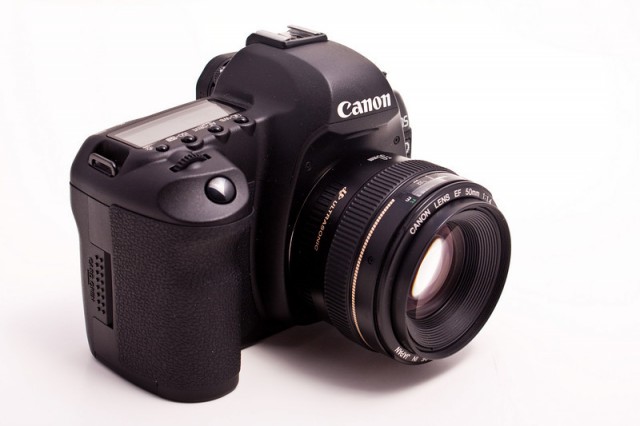


When the megapixels are spread across more space, you might experience inferior image quality. But as the crop sensor is smaller, the megapixels are more densely situated.
#Full frame meaning camera full#
Some APS-C cameras might have a lower MP count than a full frame rival. While there is a correlation between a high MP count and image quality, it’s not always that simple. This might lead you to believe that the image quality of a full frame camera will always be better than that of an APS-C camera. They have a bigger surface area and can house more megapixels compared to an APS-C sensor. You might assume that full frame sensors have a higher megapixel count due to their size. We’ll review the different specifications to see how these types of cameras differ from one another. Now we’ll look at how the different sensor size affects your images. We’ve seen some practical differences in the full frame vs. That’s why it’s called a full frame sensor.įull-Frame vs. A 50mm lens on a full frame camera gives you a 50mm view. They capture the entire frame, with nothing cropped from the edges and no additional magnification. When using an MFT camera, you’ll experience a 2x crop factor, which changes the aspect ratio from 3:2 to 4:3.įull frame cameras experience no crop factor at all.

And as MFT sensors are even smaller than APS-C sensors, the cropping effect is greater. Micro four-thirds (MFT) cameras also experience this crop factor. And with the increased focal length, you’ll experience additional magnification. A crop factor of 1.5x effectively turns a 50mm lens into a 75mm lens. The crop factor also means you’ll experience an increase in focal length. Canon is unique, and a Canon APS-C camera has a crop factor of 1.6x. You’ll find this degree of crop factor on APS-C cameras from Nikon, Sony, and Pentax. Most APS-C cameras have a crop factor of 1.5x. The smaller sensor size reduces the angles of view of the camera, thus cropping the final image. This name comes from the fact APS-C cameras are subject to a cropping effect when taking an image. And it will also include photographers that often use tripods, like landscape and product photographers.ĪPS-C sensor cameras are often referred to as crop sensor cameras. These include photographers that work in studios or on sets. And many street photographers also favor an APC-C camera because they’re more discrete.įull frame cameras are favored by photographers that cope with the extra heft. That makes an APS-C more appealing to travel photographers who need a camera they can take with them on the road. While this isn’t always the case, APS-C cameras are usually smaller and lighter. The larger body size also means there’s additional weight. Full frame sensors are physically larger than APS-C sensors, meaning they need a bigger camera body to house them. The first difference you might notice between APS-C and full frame cameras is the size. Canon EOS 6D vs 80D How APS-C and Full-Frame Sensors Affect Camera Size And they allow for higher megapixel counts, better depth of field control, and a wider dynamic range. The larger sensor size means full frame cameras are generally larger and heavier than APS-C cameras. This is why they’re called full frame sensors. And full frame camera users experience no cropping on their images. Full-Frame SensorsĪ full frame sensor is equivalent in size to traditional 35mm film. And the smaller sensor size also gives the camera a crop factor, something we’ll look at in detail below. This means APS-C cameras tend to be smaller and cheaper than full frame cameras. Simply put, an APS-C sensor is smaller than 35mm film and full frame sensors. It measures 25.1 x 16.7mm with an aspect ratio of 3:2. It gets this name because the sensor is the same size as the Advanced Photo System film type in the Classic format.

APS-C SensorsĪPS-C stands for Advanced Photo System-Classic. Neither is inherently inferior to the other. And there’s the larger full frame sensor. You have the APS-C sensor, sometimes referred to as a crop sensor. But film and emulsion have been replaced with a solid-state device that reads the light info digitally.Ĭamera sensors come in two main sizes for consumer cameras. In analog cameras, light passes through the lens and hits a segment of film, reacting with the film emulsion. It captures the light that passes through the lens and processes the information to create an image. Buy from Unavailable Full Frame Vs Aps-C: What Are the Differences Between APS-C and Full-Frame Sensors?Įvery digital camera has a sensor.


 0 kommentar(er)
0 kommentar(er)
